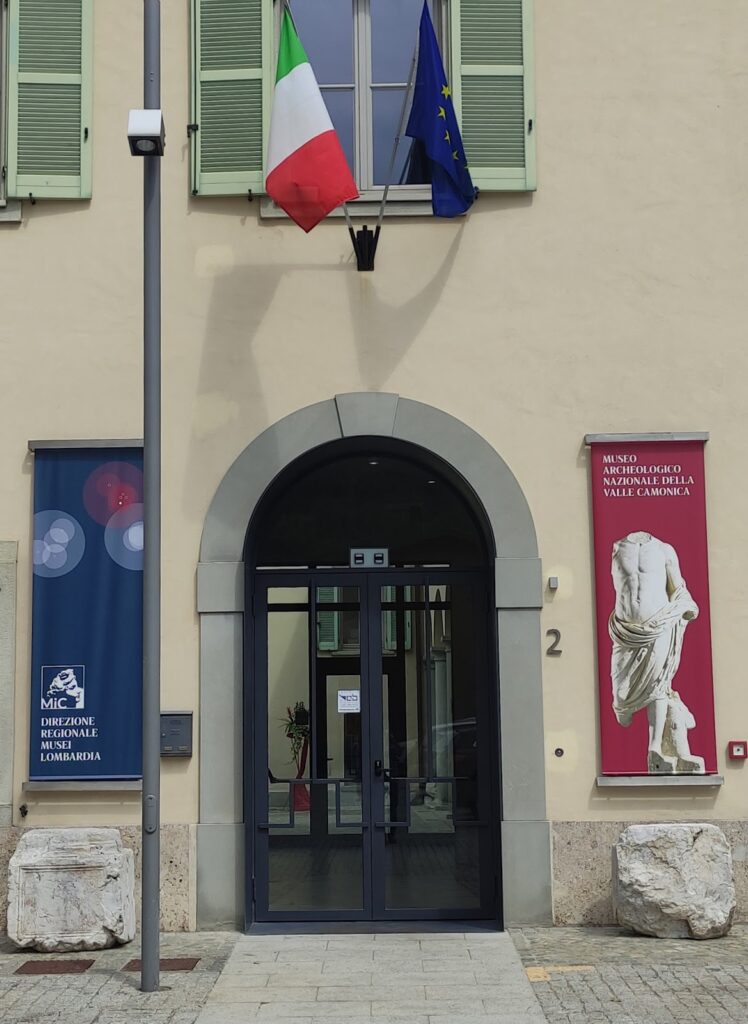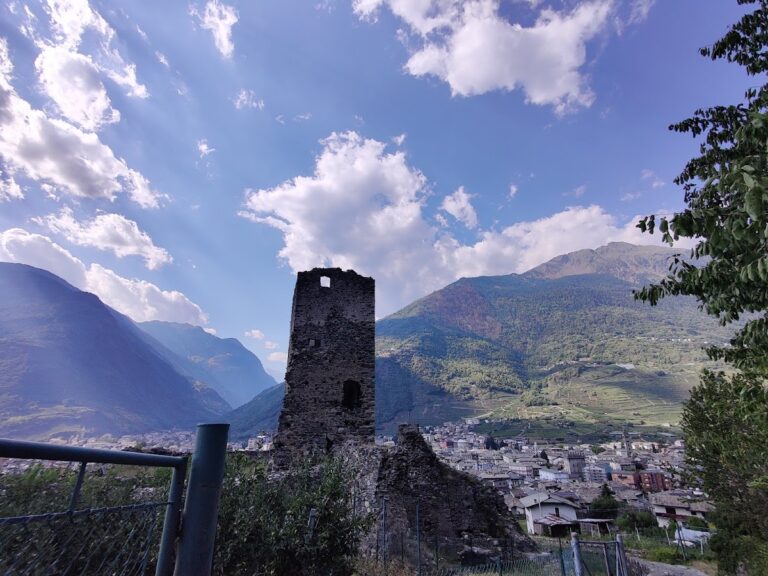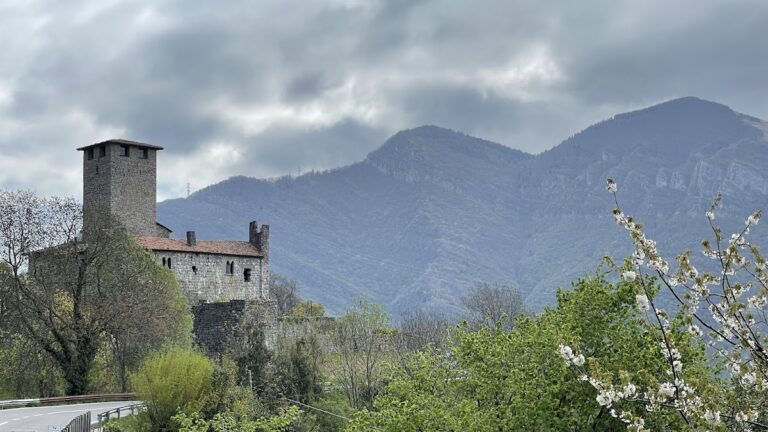Museo Archeologico Nazionale della Valle Camonica
Visitor Information
Google Rating: 4.7
Popularity: Low
Google Maps: View on Google Maps
Official Website: museilombardia.cultura.gov.it
Country: Italy
Civilization: Roman
Remains: Museum
History
The Museo Archeologico Nazionale della Valle Camonica is located in Cividate Camuno, Italy, a site originally established by the Romans. The museum preserves and displays archaeological materials that reveal the long history of Roman presence and urban development in the area.
The Roman influence in Valle Camonica began with the conquest of the region in 16 BCE, when the Roman Empire extended its control over the Alpine territories. Following this military expansion, the ancient settlement of Civitas Camunnorum was founded at the end of the 1st century BCE.
Over the centuries, Civitas Camunnorum grew with the construction of public buildings, religious sites, and private homes. Among these was the Sanctuary of Minerva in nearby Breno, a cult site with a history of continuous use from the 10th century BCE through to the late 4th century CE.
The museum itself was inaugurated in 1981 to house the growing collection of Roman artifacts uncovered in the region. It expanded in 2010 and 2011 to include new exhibition spaces, particularly showcasing decorative elements from a Roman domus near the forum. In June 2021, the museum moved to a larger, modernized building in the historic center of Cividate Camuno, situated in a former convent opposite the parish church and close to the Roman amphitheater and medieval settlement. This relocation allowed for a complete reorganization of the displays and an enlargement of the collections, further enriching the narrative of Roman life in the area.
Remains
The archaeological remains connected to the Museo Archeologico Nazionale della Valle Camonica reflect the layout and construction typical of a Roman city established in the Alpine region. The ancient Civitas Camunnorum included a variety of public and private structures built primarily from stone and decorated with frescoes and mosaics.
Among the most significant features are the remains of a theater and an amphitheater. Nearby, the thermal baths date to the 1st and 2nd centuries CE and include two mosaic floors, fragments of decorative elements, and floor supports made of stone and terracotta known as suspensurae. An interactive exhibit within the museum explains the technique of mosaic construction, highlighting the craftsmanship involved.
The domestic architecture is represented by the remains of private houses, including the Via Palazzo domus. This residence contained richly decorated rooms with fresco fragments depicting aquatic birds, likely from a space overlooking a garden, known as a viridarium.
A particularly rare and well-preserved artifact is a wooden door made of three larch planks from a house in Pescarzo di Capo di Ponte. Dated to the late 2nd or early 1st century BCE, the door survived due to an ancient fire that sealed the interior. This door is among the best-preserved examples of ancient wooden doors found in the Alpine region.
Funerary goods recovered from necropolises around the city include pendants and amulets crafted from gold and silver, underscoring the symbolic and personal significance of these objects in Roman burial practices. The museum’s collection also features monumental architectural and sculptural elements, as well as refined frescoes from the domus, all contributing to a comprehensive understanding of the urban and cultural landscape of Civitas Camunnorum.







